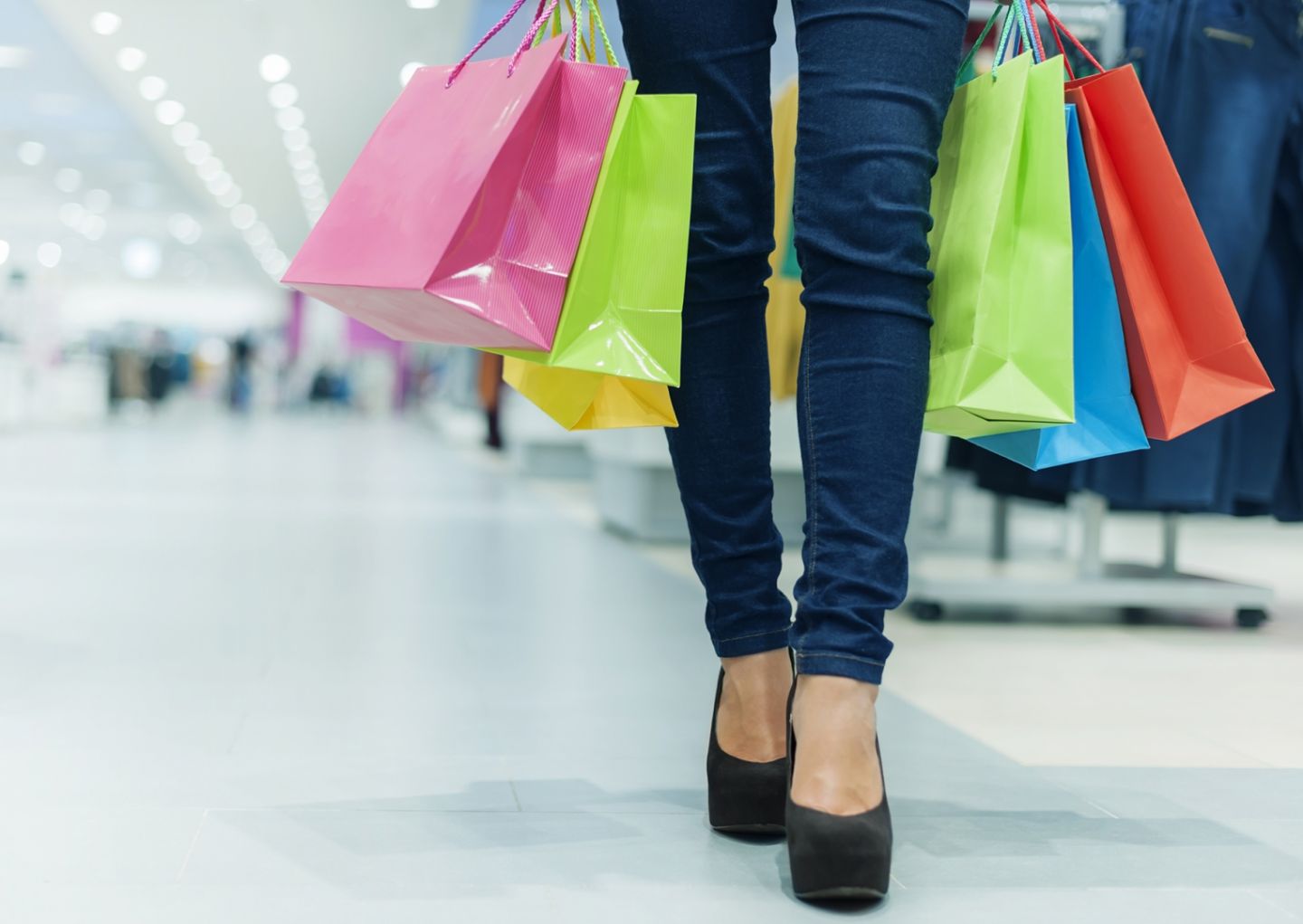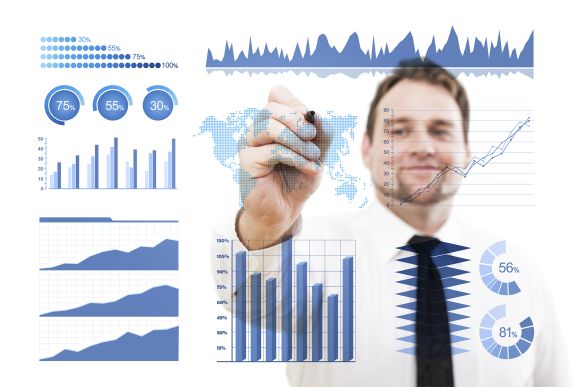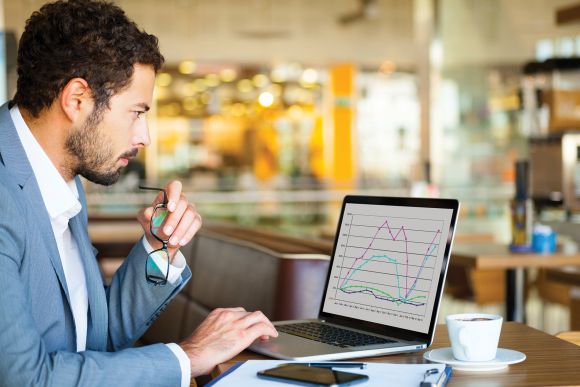Several years ago, pop-up stores were a new retail trend, an answer to filling space in emptying malls. But today, the pop-up store has evolved to be more sophisticated and the trend is still going strong.
Retailers have discovered that pop-up stores offer not only an opportunity to increase sales, but also to learn more about customers, how a brand translates from online to in-store and who it influences. The stores also offer a way to test out new products or experiment with new concepts.
Whether you’re a traditional retailer using a pop-up store-within-a-store to showcase new or temporary products, an emerging retailer setting up satellite locations to extend your brand, an online retailer experimenting with a physical presence or an entrepreneur with a new idea, there are lessons to be learned.
- Spontaneity and Surprise are the Lifeblood of any Retail Brand: That’s why pop-ups are such customer magnets – they naturally stir up feelings of urgency with “limited time” offers. But locations are typically a big part of the surprise. Retailers must select the right place at the right times, which means they need to determine which markets are the most optimal for reaching their target audience. Retailers often consider well-known events, such as New York Fashion Week or South by Southwest, to ensure that their target customer will be present. H&M, for example, used Coachella to create a pop-up experience to remember. In order to promote its “H&M Loves Music” line, the fast-fashion retailer developed an interactive storefront at the music festival. The pop-up shop showcased the new clothing collection, offered complimentary hair and makeup services and featured a virtual runway.
- Cost-Effective Experimentation is a Good Thing: Without a huge investment in brick and mortar, you can quickly learn how customers will react to a new product, brand or marketing approach before you commit to it. Then, like the pop-ups themselves, you can move on, all that much smarter. For instance, Nordstrom recently launched a New York pop-up to promote the new shoe line designed by Sarah Jessica Parker called SJP while leveraging the shops to experiment with new collections and concepts.
- Use it as a Marketing Opportunity to Create Brand Awareness: While consumers can discover a new pop-up shop just by happenstance, establishing an engaging marketing strategy is essential when trying to boost interest and drive foot traffic. Many retailers are using their pop-up shops as powerful marketing tools for brand extension by incorporating incentives for customers who share their shopping experience on social media. This can not only foster a vast organic buzz about their brand, but also allow retailers to monitor what their customers are saying and talking about – giving retailers an opportunity to further engage with them in a relevant and meaningful way.
The concept of pop-up stores is on the cusp of being a catalyst for a retail transformation with forward-thinking retailers already experimenting with varying pop-up store strategies.
But, before retailers even start to consider where and when a pop-up should open, they must adopt data-driven strategies. The insights derived from customer data and analytics are essential when shaping retail strategies, setting business goals and optimizing marketing activity.
And with customer analytics, retailers can identify their target customers and pinpoint which high-traffic neighborhoods are hotbeds for their specific customer profile, revealing opportunities to reach those customers – inside certain existing stores, inside specific malls, or at new stand-alone stores.
With the proper analytic solution, it’s possible to achieve the type of understanding that’s necessary to successfully bring your brand to life in a whole new way.
If this is a potential growth avenue for your brand and you need help shaping your new business strategy based on what your customers are really looking for, then we should talk.


